A Sabukaru Introduction To The Kimono
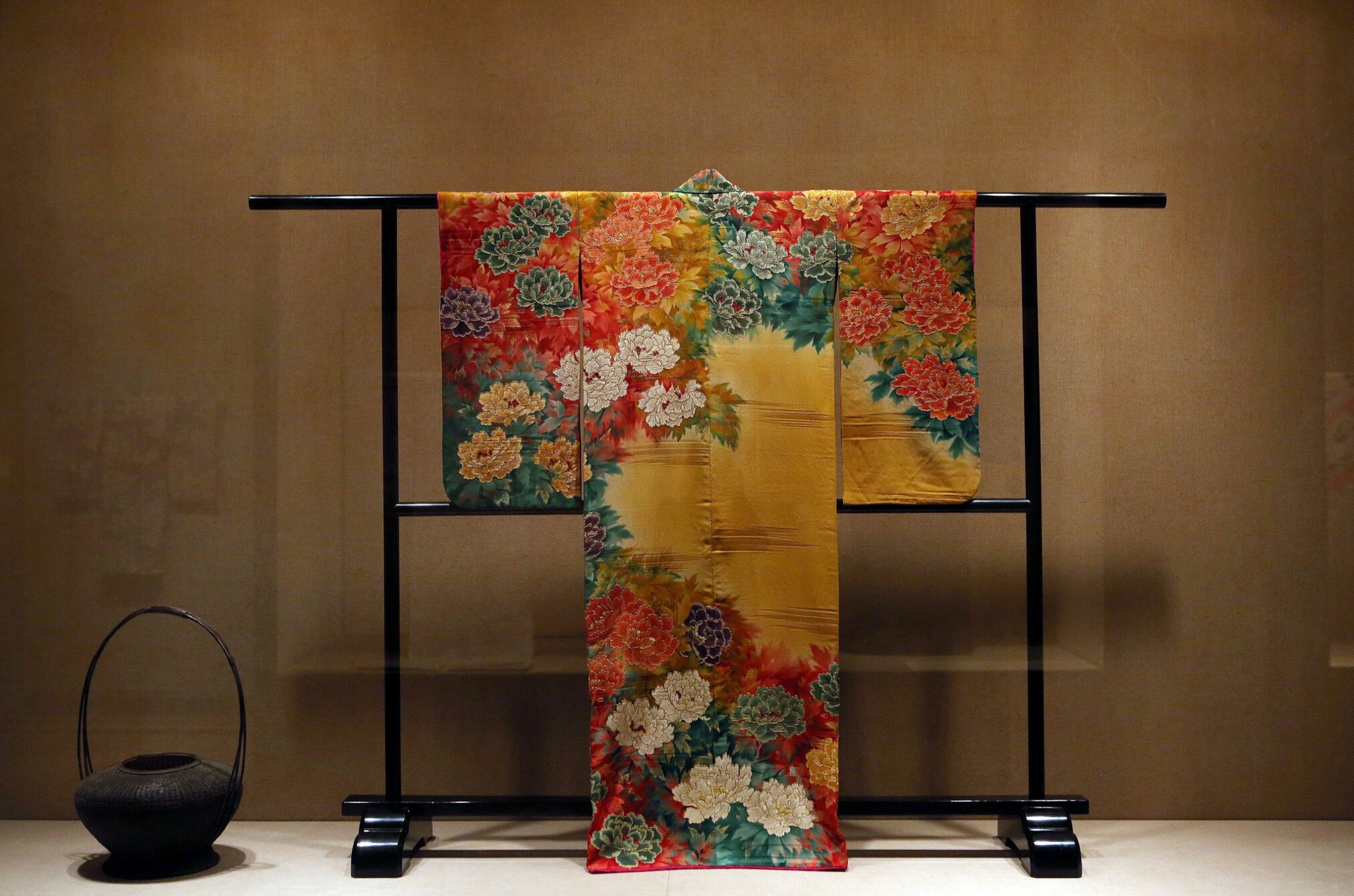
Brief introduction
The kimono is a garment with a complex history. For the most part, the history of Japanese clothing is dictated by the evolution of Kosode, a type of Kimono designed to be worn on a naked body as underwear. The kimono’s development was dictated by the evolution of weaving, dyeing and embroidery techniques, as well as cultural changes in Japan. Kimono appeared as a garment for convenience, managed to transmute into a cultural heritage and finally returned to its original function [convenience and comfort]. Its use as a regular form of clothing for men and women dates from the Muromachi period [1392-1568].
Originally, the kimono was worn by ordinary people. In the 16th century, the kimono started to become the most important part of the dress. Prior to this, kimono used to be a simple robe worn with a narrow belt. In the 17th century, it finally became apparent that the Japanese even required assistance and instruction to wearing it. A new form of art appeared. Kitsuke [着付け]-art of wearing a kimono.
Even though this garment became more than merely an article of clothing, its shape has not changed throughout its history. A kimono is about the fabric pattern; its shape is unimportant, clearly visible through the history of the garment. Indications of social status, personal identity and cultural sensitivity were expressed through colour and decorations. In Western consciousness, the notion "kimono" is attached to a special kind of clothing associated with the Japanese tradition. Above anything, the kimono’s impact managed to transcend the Japanese clothing industry, influencing the western world. A kimono is an extremely comfortable thing to wear; from such a simple shape, you can create convenient things by simply complicating the pattern and it will still look up to date.
The Kimono Fashion Industry in Japan
Kimono as a fashion industry was developed by the merchant class during the Edo era when the Tokugawa family was in power [1603 – 1868]. At that time a four-tiered social ranking system dominated, placing the samurai class at the top and farmers in the second place. Farmers supported the samurai class by tilling the land. Artisans and merchants [called “chonin”, which means “townpeople”] were considered the lower classes. However, the financial status of citizens did not always coincide with the social ranking system. There were poor samurai and very rich merchants. The rich merchants stood at the origin of the kimono fashion industry. They were the fashion makers of the day in that era, producing the fabrics and developed the designs which were documented in the ukiyo-e woodblock, represented by kabuki actors and women of the pleasure quarters. Kimono prints were real highly valued commercial products.
The Kimono topic is complex and has a broad amount of subtopics. Therefore we would like to introduce you to the most popular/known types of kimono.
FURISODE
Ukiyo-e of a woman dressed in furisode playing a flute.
The furisode [振袖, "swinging sleeves"] is a style of kimono distinguished by its long sleeves, worn by young women. There is an interesting story associated with this style of kimono: There was a family in Japan who had a tradition of passing long-sleeved kimono [later known as furisode] to their daughters before they came of age. They passed the kimono to their first daughter and she died before her 18th birthday, then they passed the kimono onto their second daughter. She would also die before her 18th birthday. Then to the third, who, unfortunately, also died before turning 18. The family decided that this kimono was a curse upon their family. One day they took a kimono and went to a temple to burn it. When the garment was being burned, a large gust of wind fanned the flames caused a very large fire, which is known as the Furisode fire [The Great fire of Meireki]. It lasted for three days, and is said to have taken over 100,000 lives.
TOMESODE
Tomesode [留 袖, fixed sleeve] is a type of kimono usually worn by married women. It differs from furisode by way of a shortened sleeve, with the pattern only going along the hem below the obi, without affecting the sleeves; coats of arms must be present on tomesode.
MONTSUKI HAKAMA [wedding suit for men] and KUROTOMESODE [wedding suit for women]
Those kimonos have family crest on the right&left sight on the chest, the sleeves and on the back. It is usually worn on weddings and men also wear it for age ceremonies and graduation.
KINGASHI [Montsuki, kimono jacket with a family crest] and Hakama, a kimono trouser.
YUKATA
Yukata [Japanese 浴衣, "bath clothes"]. In the past it was to be a kimono worn after bathing or as a “pijama”. In modern times the Japanese wear it in summer or for dating.
In the 20th century, interest in kimono began to wane. Western-style clothing became the status quo after the Second World War for Japanese society. “Kimono as everyday garment” morphed to “kimono as art”. After the opening of Japanese ports in the 1850s the Japanese gave their preference to western clothes, but systems of government support [like Living National Treasure, Japan Traditional Crafts Exhibition] secured new markets for kimonos among collectors and enthusiasts. Unfortunately, government efforts failed to keep the kimono market going and that was the time when a border between “kimono as a garment” and “kimono as art” appeared. Artisan level kimono creation faced a real crisis due to the failure of the kimono market. In 1940s and 50s wartime, this deprivation played a big role in the kimono becoming a national treasure. Kimono later came to be perceived as a symbol of a family.
Utagawa Toyokuni
With the appearance of western-style clothing, the majority of Japanese society lost the skill of kitsuke. However, the Japanese highly value their culture and tend to cherish it. In the 1960s kimono dressing schools appeared with the purpose of educating the younger generation on how to wear a kimono. Yamanaka Norio [a Japanese teacher of kitsuke] founded the Sodo Kimono Academy.
Even though there was such a risk that a kimono would disappear from the wardrobe of a Japanese person [it was worn only for special occasions], a kimono has a great influence on the fashion world. In recent years, both in Japan and abroad, there has been a real revival of kimono.
Nowadays kimono is really popular for special ceremonies [graduation - masters, doctors, common age ceremonies, when Japanese teenagers turn 20]. Traditional Japanese families tend to wear kimono when watching kabuki, which has a family crest.
Western interest in the Kimono
At the beginning of 20th century Parisian designers paid attention to how perfect a kimono fits a humans body; first, coats and dresses that were influenced by utikake kimono [a kind of kimono worn by the beauties depicted on the ukiyo-e prints] appeared at the beginning of 20th century [around 1910]. The neckline in the nukiemon style has become particularly popular, wherein the back edge of the dress is lowered to reveal the back of the head, and the long sleeves and details resemble richly decorated obi belts.
La collectionneuse au kimono vert by Frans Verhaas [1881]
La Japonaise by Claude Monet [1876]
Coat [Poiret]
Designers such as Vionne and Poiret drew attention to the design of a straight cut kimono. In the 1920s, cylindrical structures came into fashion, consisting of straight lines created by using rectangular pieces sewn together. This was the beginning of a new technique and a change from traditional European tailoring, based on the following of three-dimensionality. Since this period, the structure and shape of the dresses have changed; designers no longer focus on the shape of the human body, and began to use the wider possibilities of a free range of forms.
Modern Kimono designers
“there is no out-of-context”
The work of designers such as Ray Kawakubo, Yohji Yamamoto and Issey Miyake had a profound impact on fashion at the end of the 20th century. The minimalist work of Kawakubo and Yamamoto is known to feature a strict, muted black and white palette. They are deprived of excessive ornamentation, which demonstrates the features of Japanese culture that are in the same aesthetic plane as the wabi and sabi tea ceremony. In the 20th century, elements of minimalist Japanese aesthetics affected architecture and other areas of design, especially in Western Europe. Kawakubo and others supported this trend in the fashion world, promoting restrained sensuality, different from the “noisy” aesthetics that dominated the fashion of the time.
Japanese designers used a straight cut that goes back to the kimono tradition. With such a cut, the fabric freely covers the body, and does not distinguish its silhouette. For traditional Western fashion, which generally had the sole aim to emphasize the lines of the human body, this approach seemed extremely innovative.
Fabric, or material, is an important element for achieving new ways of producing garments and creating dynamic forms that combine innovation and creativity. Designers inherited this tradition and considered the choice of fabric as a matter of paramount importance even before they began to think about creating models.
The style of Japanese collections by Kawakubo and Yamamoto was called destructured look, later this trend in clothing design was called " deconstructionism". Deconstructionism is a part of the intellectual process, a system of thinking that has found its conceptual expression in clothing.
Deconstructivism marked the form, the possibility of its preservation or violation, the central ideological component of the garment. Interest in the shape, cut and structural elements of different designers are expressed in different ways - here it is not always possible to outline a common approach.
The principle of content turned out to be the same for “deconstructors”. Clothing has ceased to be a simple secular, partly theatrical form of expression.
“The real reason why traditional kimono culture is about to [become] extinct is because of its tendency to aspire to ‘perfection’ as a style that does not allow any other foreign items to be added to it. My advice for anyone wearing kimono is. to challenge this rigidity; let’s forget about attending kimono lessons let’s just wear [kimono] the way you want to, it’s only a kimono (meaning ‘material for wearing’), do it your way . . . make it your own style. Be cool.”
“The first is to work with formal, classical shapes. The other way is to be very casual. That’s what I decided on, but I wanted a new kind of casual sportswear that could have the same status as formal clothing. So I use fabrics that are heavy-duty, like army fabrics, or just look heavy-duty, to give the kimono shape a new energy”
Dolls [ドールズ, Dōruzu] film written, edited and directed by Japanese director Takeshi Kitano, costumes by Yohji Yamamoto.
Kitano rewrote the script of “Dolls” to match Yamamoto's costume. At the first fitting, the designer offered the director costumes for the vagrant heroes. So, actress Miho was supposed to appear in a red dress what is, something completely opposite to what the beggars wear. At first, the director didn't know what he could do about it but then decided that he would not ask Yohji Yamamoto to change the costume he would rather rewrite the script himself. “I decided to rewrite the story and show the manipulation of a person, the same as in the Bunraku theatre. That is, thanks to Yamamoto's costumes, I returned to the original idea of the film - the idea of showing a kind of puppet theatre. Yohji directed half of the film”, said Takeshi Kitano in one of his interviews.
Kawakubo and Yamamoto changed traditional ideas about the form, functionality and boundaries of clothing, considering it as an element pure art as an object for experimentation. The designers broke all existing fashion conventions.
Yohji Yamamoto overcame cultural limitations and created his unique style. Today we can observe how the kimono goes beyond the narrow role of the national costume into another sphere. The emphasis in design is on the space between material and body.
Clothing is very important for everyday life; no matter how beautifully we want to dress, we still choose what is comfortable for us to wear. Kimono is a source of fresh ideas for designers in an era wherein people call for a variety of casual clothes and want to dress brightly and elegantly. At its core, a kimono is a vivid example of comfortable and beautiful clothes, which is why a kimono finds its interpretation both in street fashion and in a more classic one.
About the author:
Through her writing Carina explores various cultural mediums such as architecture, cinema, literature and art.

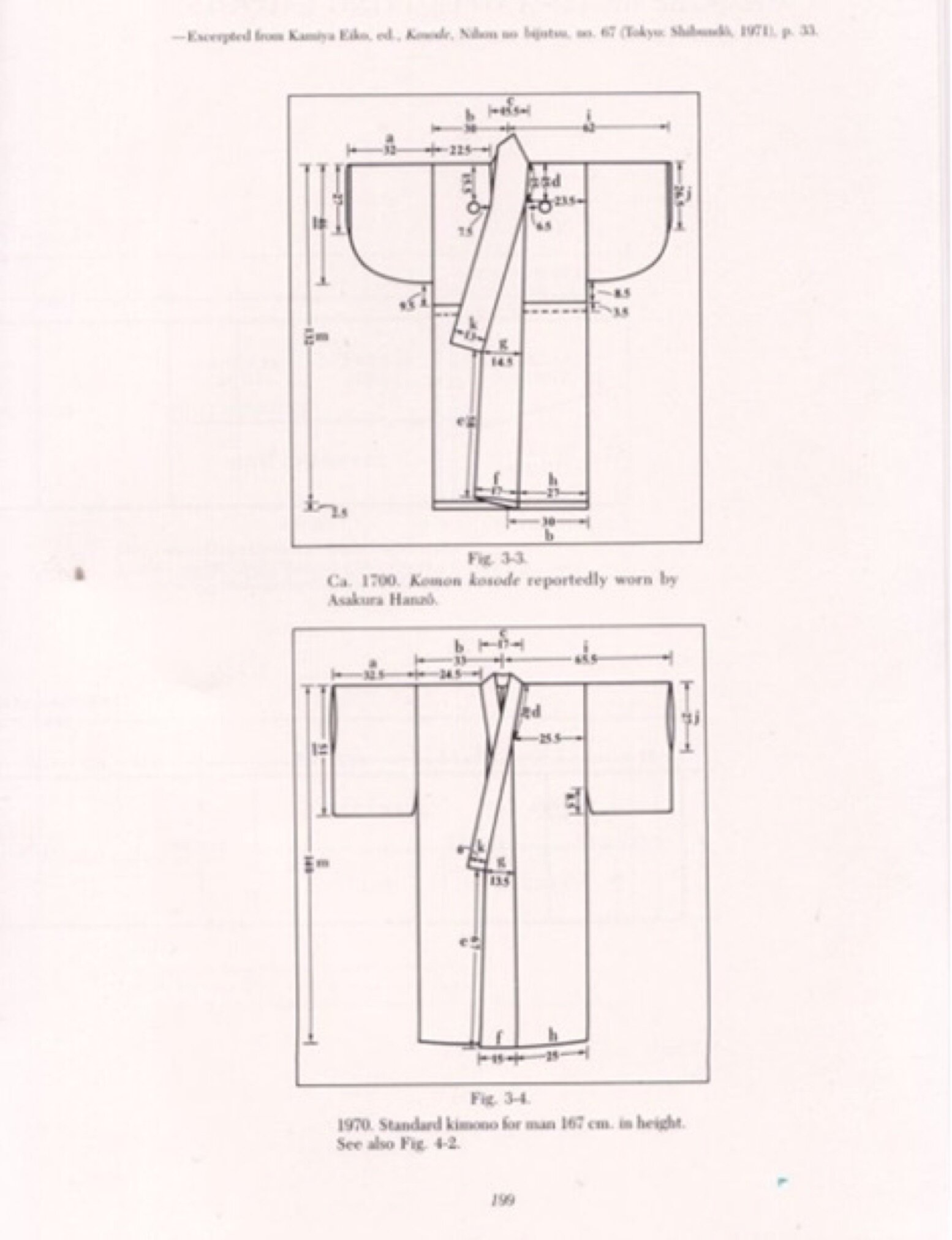






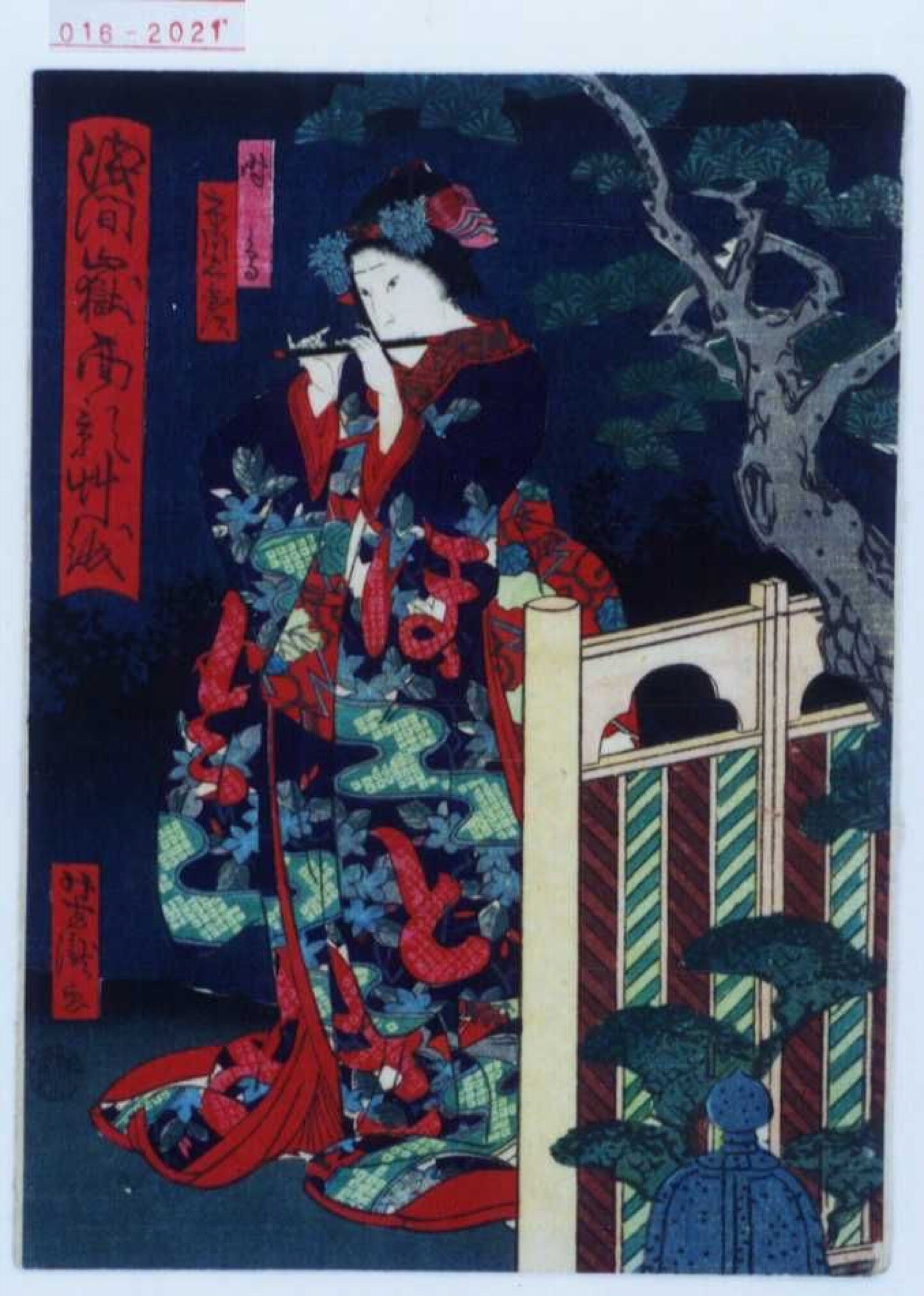
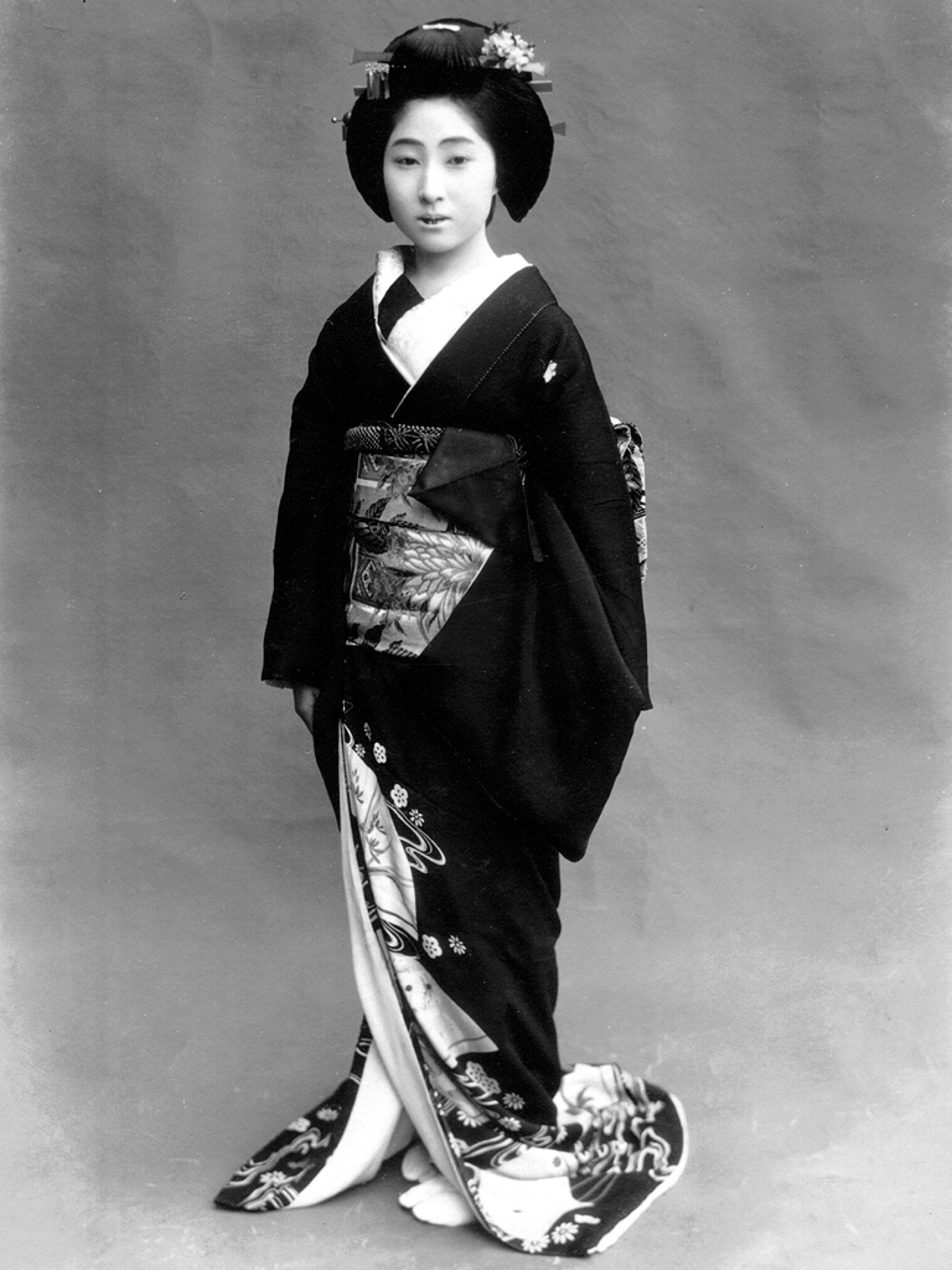
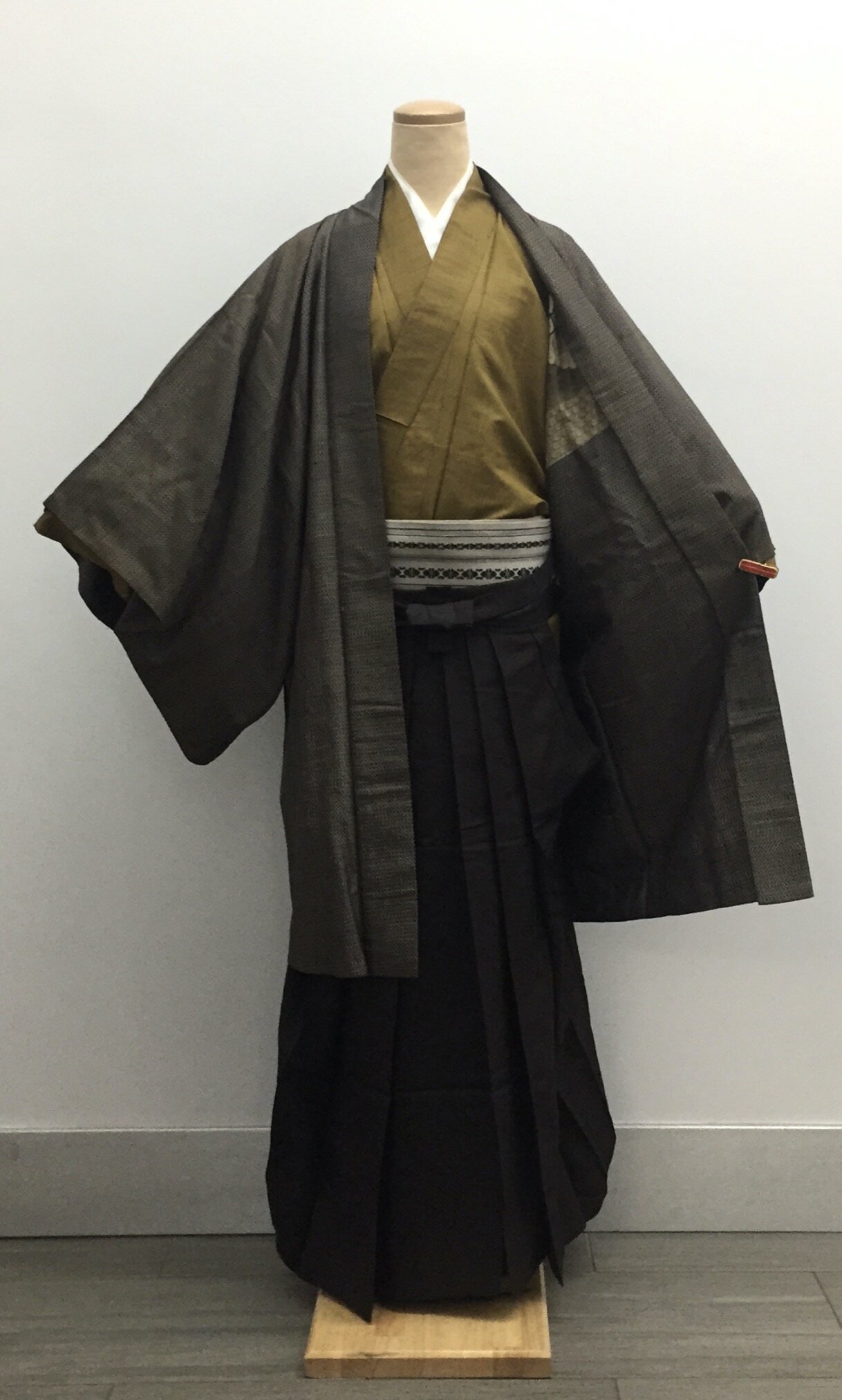





![La collectionneuse au kimono vert by Frans Verhaas [1881]](https://images.squarespace-cdn.com/content/v1/57825361440243db4a4b7830/1604235288742-K247HKDX90WQBQN5GI8W/Kimono-history-edo-period-western-art-modern-adaption-sabukaru-online-magazine-tokyo8.jpg)
![La Japonaise by Claude Monet [1876]](https://images.squarespace-cdn.com/content/v1/57825361440243db4a4b7830/1604235386212-8ES062162OREYRKPOY2H/image-asset.jpeg)
![Coat [Poiret]](https://images.squarespace-cdn.com/content/v1/57825361440243db4a4b7830/1604167813381-M3WWDGQS3QDMN4X8BRCX/Kimono-history-edo-period-western-art-modern-adaption-sabukaru-online-magazine-tokyo56.jpg)


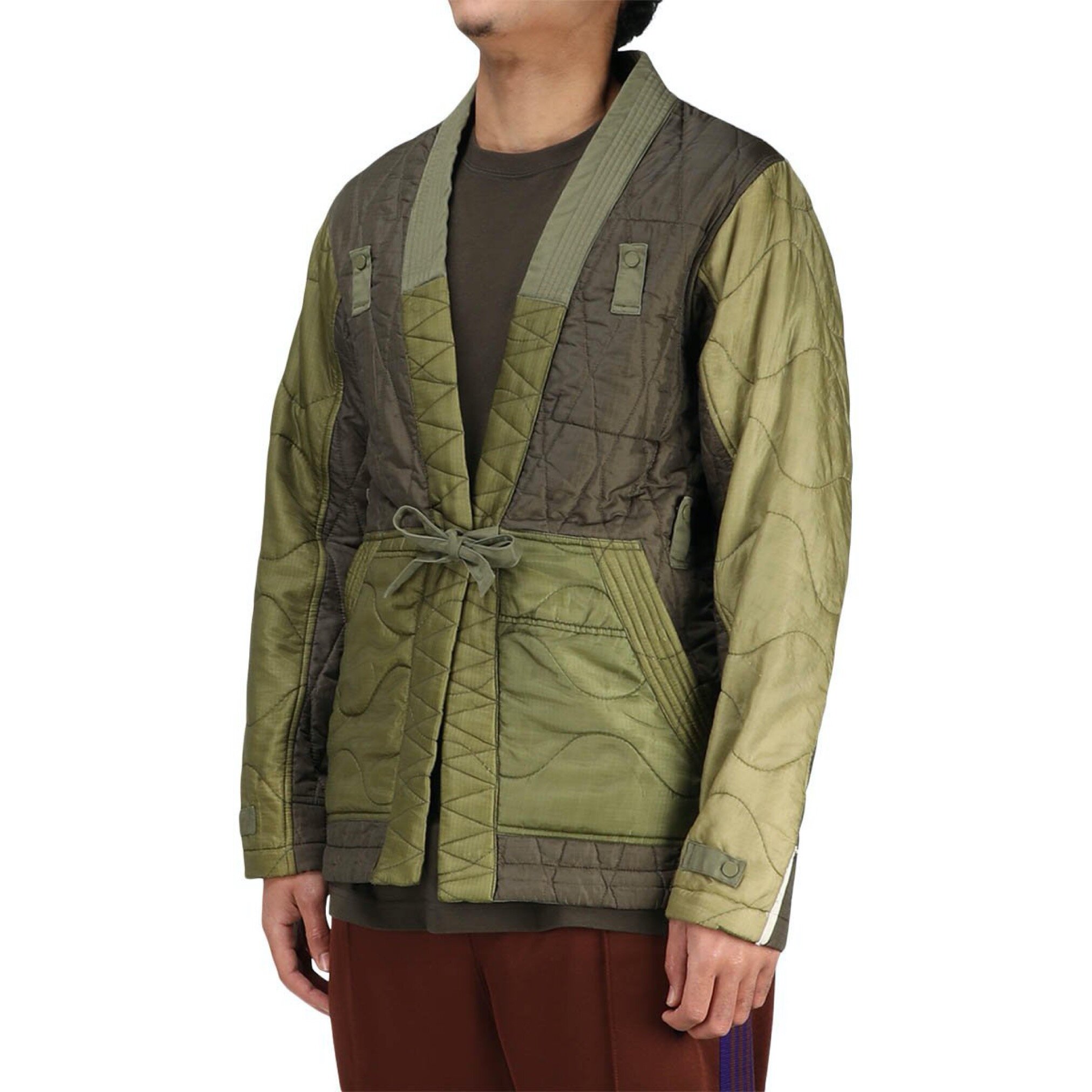


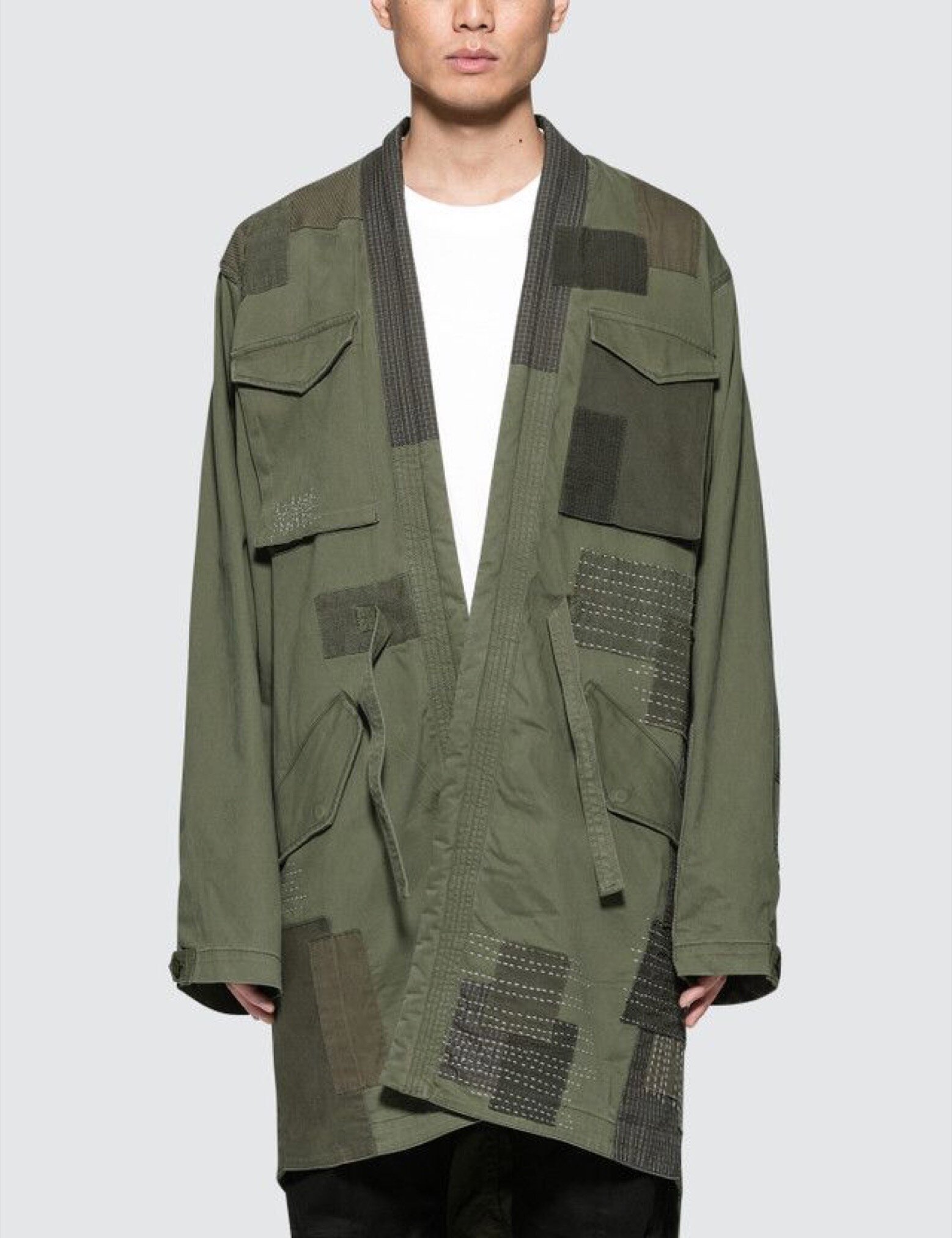

![Dolls [ドールズ, Dōruzu] film written, edited and directed by Japanese director Takeshi Kitano, costumes by Yohji Yamamoto.](https://images.squarespace-cdn.com/content/v1/57825361440243db4a4b7830/1604234573881-MRECXZUGZIEV1281GVFT/Kimono-history-edo-period-western-art-modern-adaption-sabukaru-online-magazine-tokyo58.jpg)







